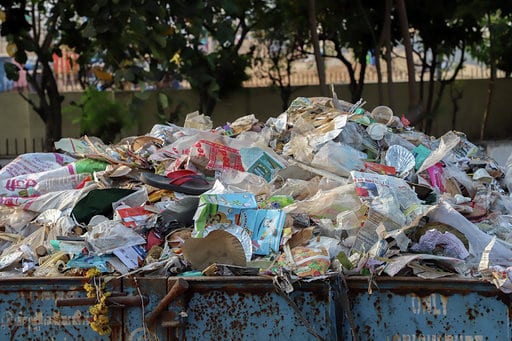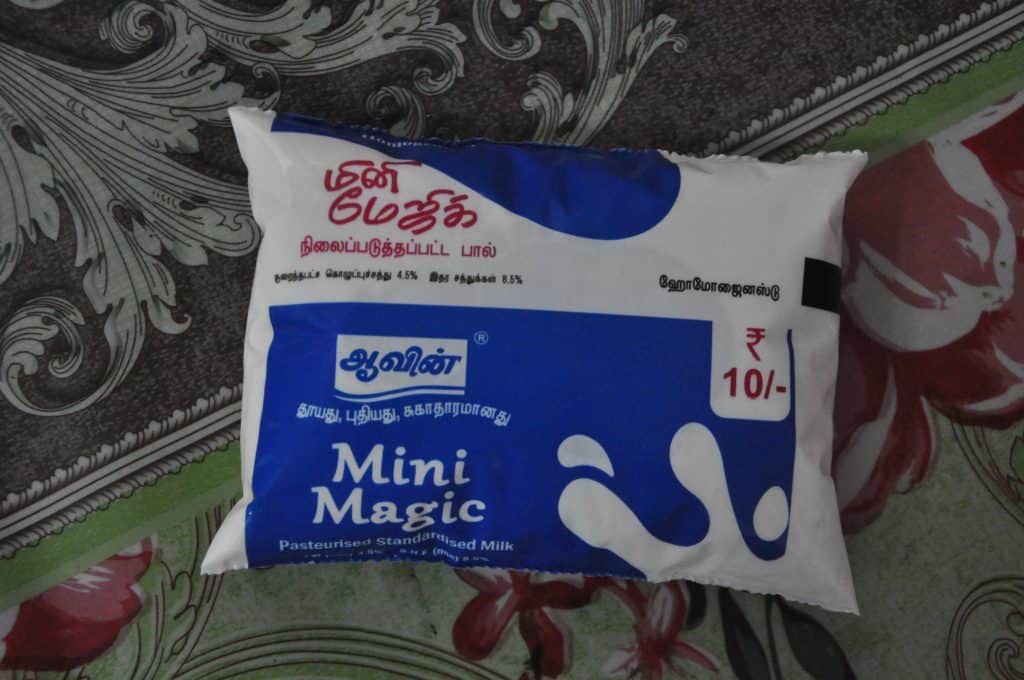CAG Brand Audit: Who’s the biggest plastic polluter in the city?

Dhaka, 24 September, 2020: We’ve likely seen coloured garbage bins in malls, airports and so on. The bin colour indicates, of course, what kind of trash we should put where, based on whether it’s food waste or recyclable waste. Many a time, I have stood in front of these bins and wondered where to put the coffee cup and the little styrofoam container.
For years the burden of dealing with plastic disposal has been with the consumer. We are told to reduce, reuse, and recycle while the manufacturers who sell us these products just keep producing more and more plastic. There is now, a growing realisation that it is unfair to place the onus of dealing with plastic pollution solely on the consumer.
Globally there is a push for manufacturers to adopt Extended Producer Responsibility (EPR) norms. EPR is basically a framework that requires companies to take responsibility for the plastic they use in making or packaging their products till the end of the plastic’s lifecycle. They can do this by setting in place buy back or collection systems to get the plastic back and recycle it so it doesn’t end up in our oceans or dumpyards. They must also develop better, more sustainable alternatives.
The obvious question then is there an EPR framework in India?
Well, the Plastic Waste Management Rules 2016 does mention it but doesn’t really provide any details and so little is done on the ground. Recently, in 2020, the government brought out draft EPR Guidelines, which was made public for comments. While this is a step in the right direction, there are many issues with the draft as pointed out by civil society organisations (CSOs) working in this sector.
While the government moves forward on these much needed guidelines, it never hurts us consumers to arm ourselves with knowledge. Citizens can be a powerful push for change, but first, we need to understand the problem. We need to know what plastics we are using, if they are recyclable and also who are the major companies producing or using these plastics.
Auditing your garbage
A simple tool that CSOs worldwide have been using is the Brand Audit. This is where volunteers collect plastic trash from a public place – like a beach – for a specified period of time. The plastics collected are then sorted and recorded by some parameters like brand/manufacturer, type of plastic, and type of product (such as food packaging, personal care).
A global network called Break Free From Plastic (BFFP) has been conducting audits for a couple of years now. This year’s Brand Audit came during unusual circumstances and so, CAG modified the plan to do a home-based audit. We collaborated with two colleges in Chennai to have 200 students audit the plastic waste in their home for three weeks and record the data on a simple app-based questionnaire.
Participants collected the plastic waste in their home for a week and at the end of the week categorised and recorded the plastic by brand name, type of product (food packaging, personal care, household items, etc), type of plastic, layers (single or multi layer), and quantity.
The type of plastic was an interesting question because it gave us the opportunity to understand how companies were labelling their products. Just like products come with MRP, use by date, ingredients and the like, products are also supposed to indicate if the material is recyclable.
The system followed is to have the recycle symbol (of 3 arrows in a triangle) with a number inside which indicates the plastic type: 1 indicates PET, 2 is for HDPE and so on. If one knows which plastics are hard to recycle, one can then try to avoid buying such products. It is also be useful for the recycler to quickly identify and sort products.
At the end of three weeks
The Brand Audit logged 13,979 plastics of which nearly a third (30%) was of Aavin products (mostly milk packets, but also a few ghee bottles and so on). Last year Aavin had announced that it would take back milk packets and pay Rs 0.10 per packet.

Representational image. Pic: aavinmilk.com
What we found interesting was that almost none of our participants were aware of this, speaking of the lack of advertising on this take back policy. Only one participant had heard of this and was actively taking the milk packets to Aavin.
The next big polluter was Hindustan Unilever Ltd (HUL) at 13%, followed by Britannia at 6%, Nestle (4.48%), and ITC (3.5%). Nearly 8% of the plastics collected were either not branded or the manufacturer details could not be ascertained (mainly because these were of stand- alone shops such as local grocery stores).
We had also noted if the plastics collected were single or multilayer, as multilayer is notorious for not being easily recyclable and having little value in the recycling sector. These invariably end up in the dump yards.
Read More
.

